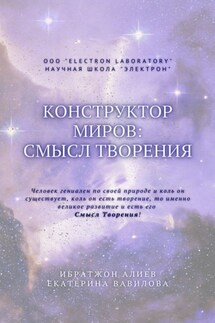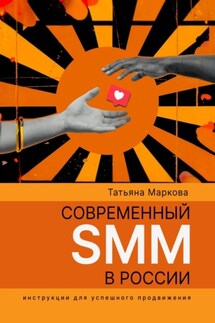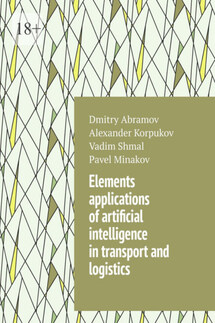Все науки. №6, 2022. Международный научный журнал - страница 27
In this way, it is possible to approach thermonuclear reactions. In such reactions, the fusion of light nuclei leads to the conversion of the excess mass of the original nuclei into energy, since the total mass of the merged nuclei is greater than the mass of the resulting nucleus-the reaction product.
From this it can be concluded that the nuclear fusion reaction of the initial nuclei must have a relatively large kinetic energy, because they experience a rather powerful electrostatic repulsion when passing from their side of the Coulomb barrier. According to the molecular kinetic theory, their kinetic energy can be represented as the temperature of the entire substance, therefore heating will lead to an increase in the kinetic energy of the composite particles and their fusion. This is how nucleon synthesis develops in the bowels of stars with the formation of new nuclei under enormous temperatures.
In particular, the fusion reaction of protons and helium nuclei occurs in large quantities, and as a side result, other isotopes of substances are formed, including deuterium and tritium, as isotopes of hydrogen. And finally, the last type of nuclear reaction is a photonuclear reaction, in which case a gamma quantum is absorbed with sufficient energy to excite the nucleon composition, that is, the nucleus, so that it becomes composite, that is, it can be considered as such, and also releases a different structure from itself, or decays.
This process is called a photonuclear reaction or a nuclear photoelectric effect. And in conclusion, it is worth noting that nuclear reactions can be written as in the form of an equation, as demonstrated earlier, or, for example, in (9), there is also a slightly different notation (10).
As a result, it can be concluded that it is very important for any researcher in contact with this field, including the physics of resonant nuclear reactions, to have knowledge about the nuclear reactions themselves.
And if you notice, then as it was noted, nuclear physics has been developing for a long time, not to mention the time that humanity has spent to study the structure of all matter and matter as a whole. But active research has led to the very recent discovery of a new direction in this field, namely, the physics of resonant nuclear reactions. For the first time such terminology was used and practically demonstrated in the monograph of 2021 by Aliyev I. H. and Sharofutdinova F. M. «The use of accelerators and the phenomena of collisions of elementary particles with high-order energy to generate electrical energy. The Electron Project», which later received its continuation.
2. Physics of resonant nuclear reactions
The creator of the physics of resonant nuclear reactions is I. H. Aliyev, but what is the basis of this discipline? It studies and determines the most favorable conditions for the occurrence of a kind of power surges of the products of nuclear reactions, which are called resonances. To put it simply, when a nuclear reaction takes place, it forms reaction products, which were discussed in one of the previous lectures, and all the circumstances that lead to the reaction being more efficient and their energies being greater are what the physics of resonant nuclear reactions studies.
Let’s take an example. Let charged particles be directed to the nucleus of some element, it can be protons, ions, electrons, anything. And when approaching the nucleus, the phenomenon of Coulomb repulsion occurs, it acts only on charges of the same name, namely on nuclei, but does not act on neutral particles, for example, neutrons, although the neutrons themselves also have a minimal charge. The particle spends some energy on overcoming the Coulomb barrier and remains with some of its part, which it spends on overcoming the nucleus itself and further passing the nuclear reaction.









